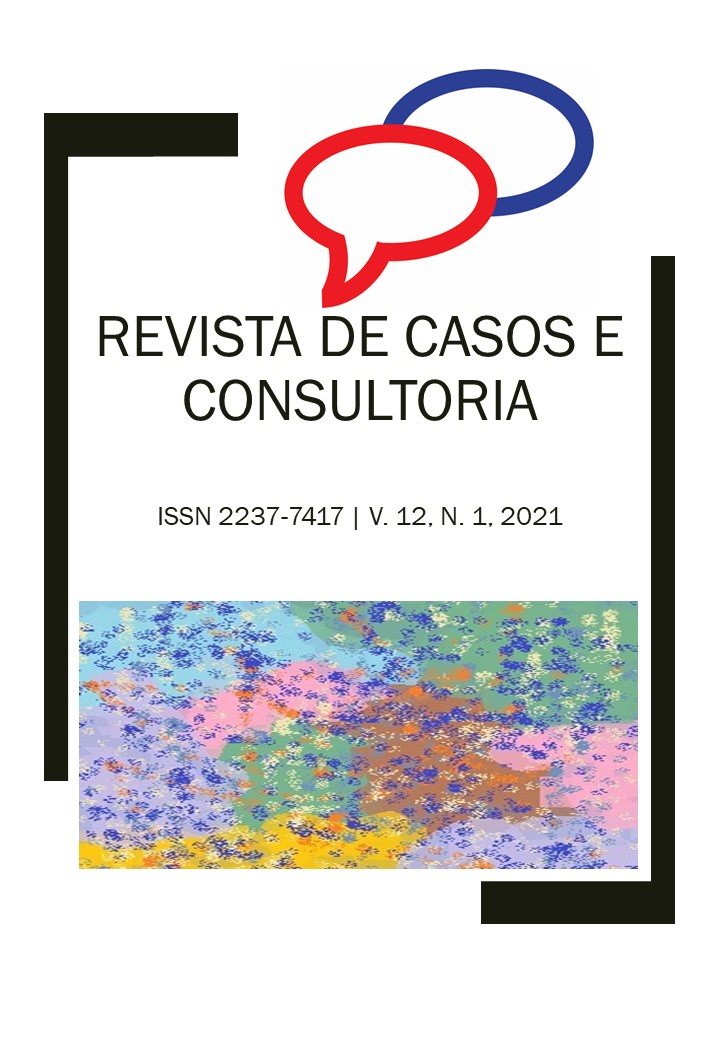Inter-authority dialogue between Divine Comedy and the movie Soul: reflections and didactic proposals
Keywords:
Divine Comedy; Inter-authority; Basic Education, Classics.Abstract
The present article in inquired about the inter-authorial dialogue between the movie Soul, released by Walt Disney Pictures, in partnership with Pixar Animation Studios, and Dante Alighieri's The Divine Comedy. To do so, we aimed to a) verify the general challenges of working with The Divine Comedy in Basic Education; b) identify the scenes present in Soul that explicitly or analogously refer to Comedy; and c) to present a report of scenes that can be used in didactic proposals. Methodologically, we followed the inter-authorial dialogue, described by Barros, as an analytical methodological concept. Thus, we employed four methodological steps. In the first one, we used Severino's thematic bibliographic review method to survey the historiography produced in the present time on the theme in question. At the same time, we used the citation fiching technique, described by Andrade, to register reflective points of this historiography that contribute to our research. In the second and third stages, based on Grancho’s and Moises’s assumptions, we carried out the filmic analysis and the mapping of the formal elements of the book. In the fourth stage, we performed the image analysis, according to Penafria, to approximate with the Comedy narrative. In the light of this, our main considerations were: first, the verification that the challenges in working with the Divine Comedy are intrinsic to the text, due to the temporal, spatial, and cultural distance of the reader; second, we approached five scenes from the film Soul that indicate an inter-author dialogue with the Comedy; third, the dialogues described and analyzed point to possibilities of approaching the Comedy via presentation/dialogue with the film Soul, making methodological potentialities for the areas of History and Literature.
Downloads
References
ALIGHIERI, Dante. A Divina Comédia. Trad. e notas de Italo Eugenio Mauro. São Paulo: Editora 34, 2018.
ALIGHIERI, Dante. A Divina Comédia - Inferno. Trad. e notas de Italo Eugenio Mauro. São Paulo: Editora 34, 2019a.
ALIGHIERI, Dante. A Divina Comédia - Purgatório. Trad. e notas de Italo Eugenio Mauro. São Paulo: Editora 34, 2019b.
ALIGHIERI, Dante. A Divina Comédia - Paraíso. Trad. e notas de Italo Eugenio Mauro. São Paulo: Editora 34, 2019c.
ANDRADE, Maria Margarida de. Introdução à metodologia do trabalho científico: elaboração de trabalhos na graduação. 9. Ed. São Paulo: Atlas, 2009.
BARROS, José D’Assunção. Teoria da História – Volume 4: Acordes historiográficos: uma nova proposta para a Teoria da História. Petrópolis: Vozes, 2011a.
BARROS, José D’Assunção. Cinema e história – Considerações sobre os usos historiográficos das fontes fílmicas. Comunicação e sociedade, v. 32, n. 55, p. 175-202, 2011b.
CALVINO, Italo. Por que ler os clássicos. Trad. de Nilson Moulin. São Paulo: Companhia das Letras, 2007.
FREIRE, Paulo. Pedagogia da autonomia: saberes necessários à prática educativa. São Paulo: Paz e Terra, 2001.
FERREIRA, Oscar M. de C.; SILVA JUNIOR, Plinio D. da. Recursos audiovisuais para o ensino. 3. ed. São Paulo: EPU, 1975.
FERRO, Marc. Cinema e história. Rio de Janeiro: Paz e Terra, 1992.
GANCHO, Cândida Vilares. Como analisar narrativas. São Paulo: Ática, 1999.
MADDALENA, Tania Lucía; D’ÁVILA, Carina; SANTOS, Edméa. Visual Storytelling e pesquisa-formação na cibercultura. Revista Brasileira de Pesquisa (Auto) Biográfica, Salvador, v. 3, n. 7, p. 290-305, jan./abr. 2018.
MAINGUENEAU, Dominique. Discurso literário. Trad. Adail Sobral. 2. ed. São Paulo: Contexto, 2014.
MEIRA, Marisa Eugênia Melillo. Desenvolvimento e aprendizagem: reflexões sobre suas relações e implicações para a prática docente. Ciência & Educação, v. 5, p. 61-70, 1998.
MOISÉS, Massaud. A análise literária. 17. ed. São Paulo: Cultrix, 2007.
NAPOLITANO, Marcos. Como usar o cinema na sala de aula. São Paulo: Contexto, 2003.
PENAFRIA, Manuela. Análise de filmes – conceitos e metodologia (s). In: CONGRESSO SOPCOM, VI, 2009, Lisboa. Anais [...]. Lisboa: Universidade Lusófona, 2009, p. 1-10.
PEREIRA, Volmir Cardoso. Obras clássicas e contemporâneas na escola: como acessá-las, por quê lê-las? Revista de Estudos Literários, v. 31, p. 31-42, 2016.
SANTOS, R.E. Aplicações da história em quadrinhos. Comunicação & Educação, v. 1, n. 22, p. 46-51, 2001.
SCHOLES, Robert.; KELLOGG, Robert. A natureza da narrativa. Trad. Gert Meyer. São Paulo: McGraw-Hill do Brasil, 1977.
SEVERINO, Antônio Joaquim. Metodologia do trabalho científico. 23. ed. São Paulo: Cortez, 2007.
SAVIANI, Dermeval. A pedagogia no Brasil: história e teoria. São Paulo: Autores Associados, 2008.
SOUL. Direção; Pete Docter. Estados Unidos: Pixar, 2020. 1 DVD (100 min.).
SOUZA, Willian EDUARDO RIGHINI DE. Por que ler os clássicos na escola? Observações a partir de um clube de leitura para adolescentes. Revista Educação e cultura contemporânea, v. 17, n. 44, p. 127-150, 2020.
STERZI, Eduardo. Por que ler Dante? Porto Alegre: Editora Globo, 2008.
VYGOTSKY, L.S. Pensamento e linguagem. São Paulo: Martins Fontes, 1987.

 Português (Brasil)
Português (Brasil) English
English Español (España)
Español (España)